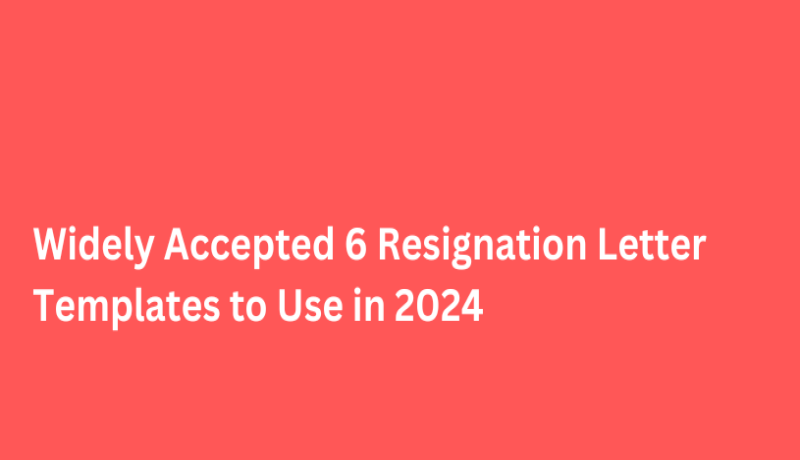How to Maximize Time and Efficiency in a Business Conference
Participating in events and conferences around the world is an integral part of many senior executives’ role. They actively participate in events and conferences for numerous compelling reasons.
Firstly, their presence enhances the visibility and credibility of their organization, showcasing its leadership within the industry. By engaging in keynote speeches, panel discussions, and networking sessions, executives can amplify their company's brand, attract potential clients or partners, and foster trust among stakeholders.
Moreover, these events offer a unique platform for executives to share insights, thought leadership, and innovative solutions, positioning themselves as industry experts.
Participation also facilitates valuable networking opportunities, allowing executives to forge meaningful connections, stay updated on market trends, and identify potential collaborations or business opportunities.
Ultimately, active involvement in events and conferences enables senior executives to stay at the forefront of industry developments, drive organizational growth, and maintain a competitive edge in today's dynamic business landscape.






